Haute Couture is not just fashion. It is France’s cultural fortress - a bastion where threads are stitched not merely into garments but into history itself. Once a simple bolt of cloth enters the atelier and is anointed with the title “Haute Couture,” it is no longer fabric. It is France’s heritage, safeguarded by law and sanctified by tradition.
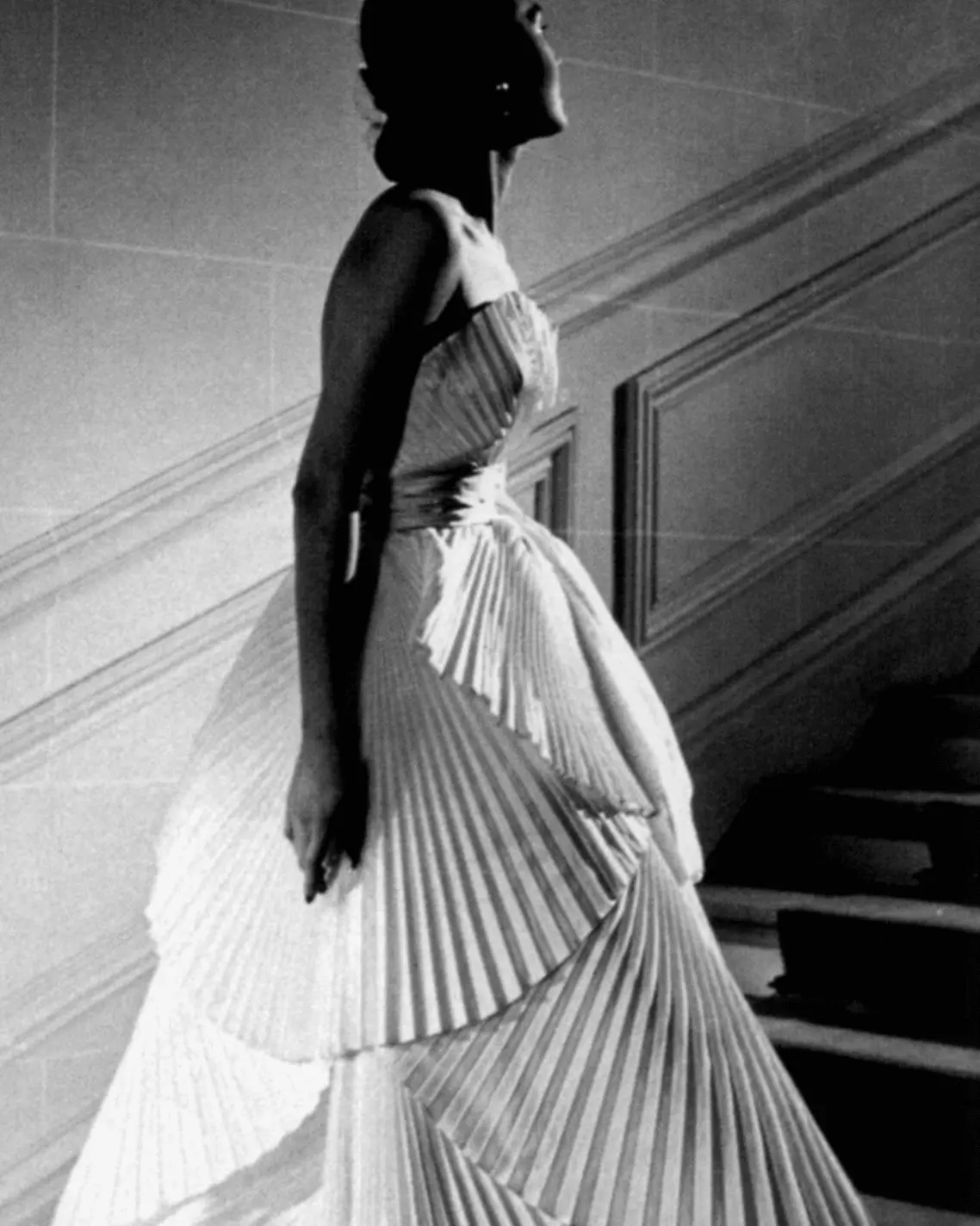
Haute Couture is not just fashion. It is France’s cultural fortress - a bastion where threads are stitched not merely into garments but into history itself. Once a simple bolt of cloth enters the atelier and is anointed with the title “Haute Couture,” it is no longer fabric. It is France’s heritage, safeguarded by law and sanctified by tradition.
October 9, 2025
Haute Couture is not just fashion. It is France’s cultural fortress - a bastion where threads are stitched not merely into garments but into history itself. Once a simple bolt of cloth enters the atelier and is anointed with the title “Haute Couture,” it is no longer fabric. It is France’s heritage, safeguarded by law and sanctified by tradition.
We are accustomed to thinking of couture in the cliché of chandeliers, sweeping gowns, and Parisian salons. But behind the spectacle is a fortress of rules, a devotion bordering on obsession, and a small army of artisans - the petites mains - who spend sleepless nights embroidering a single hem, or fastening one sequin at a time. Couture is less about fantasy alone, and more about the draconian discipline that keeps fantasy alive.
Strangely, the Parisian art of couture began with a foreigner. Charles Frederick Worth, a Briton who fled the fog of London for the romance of Paris, created not just dresses but an entirely new system of luxury fashion. He dared to imagine beauty as something that could be both tailor-made and brand-driven. His 1858 House of Worth gave us ideas we now take for granted: signed labels, mannequins strutting through salons, and garments sculpted to flatter a singular client rather than a faceless crowd.
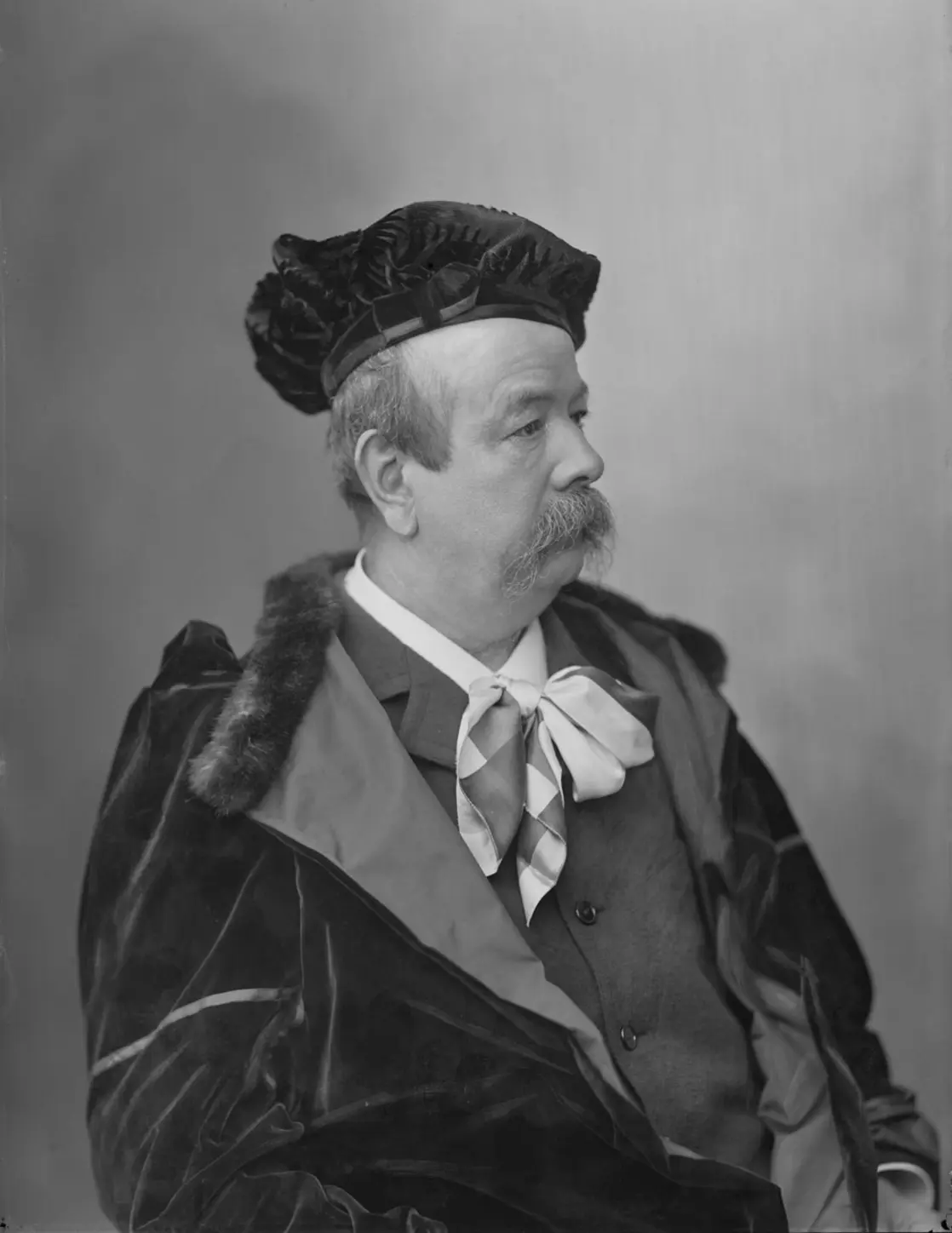
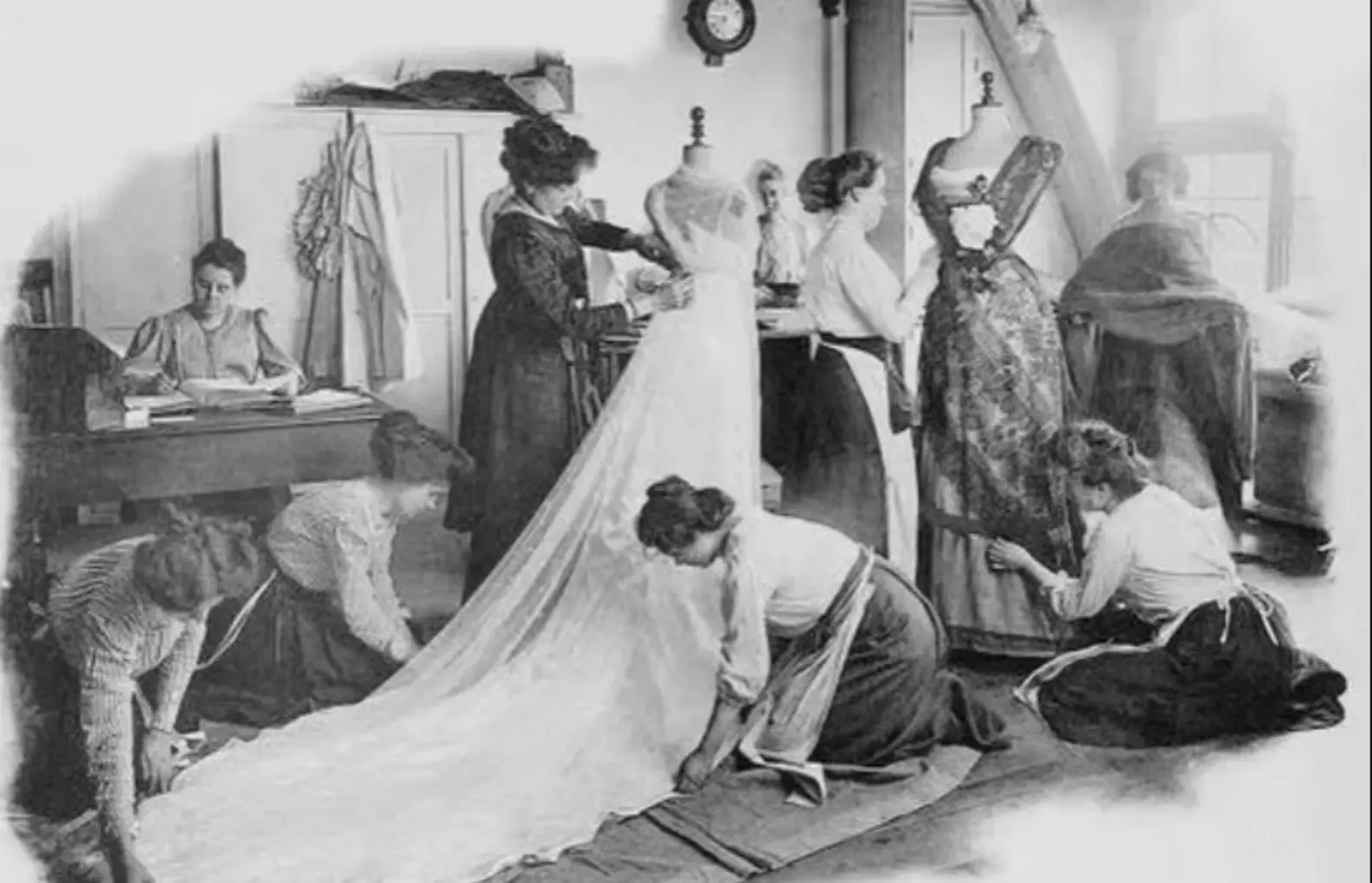
Worth’s heirs helped to establish the Chambre Syndicale de la Couture Parisienne, the precursor of today’s Fédération de la Haute Couture et de la Mode (FHCM). Thus, France claimed couture as its patrimony, even if its first prophet spoke with an English accent. It is a delicious paradox: the Frenchest of institutions born from an outsider’s audacity.
To carry the title “Haute Couture” is not simply to be glamorous — it is to pass an initiation of rigor. A couture house must reside in Paris, employ at least 15 full-time staff, and enlist 20 or more highly skilled artisans. Twice a year, in January and July, each house must unveil no fewer than 15 new looks, spanning day to evening, casual to gala. And every detail — from the embroidery to the final bead — must be done by hand.
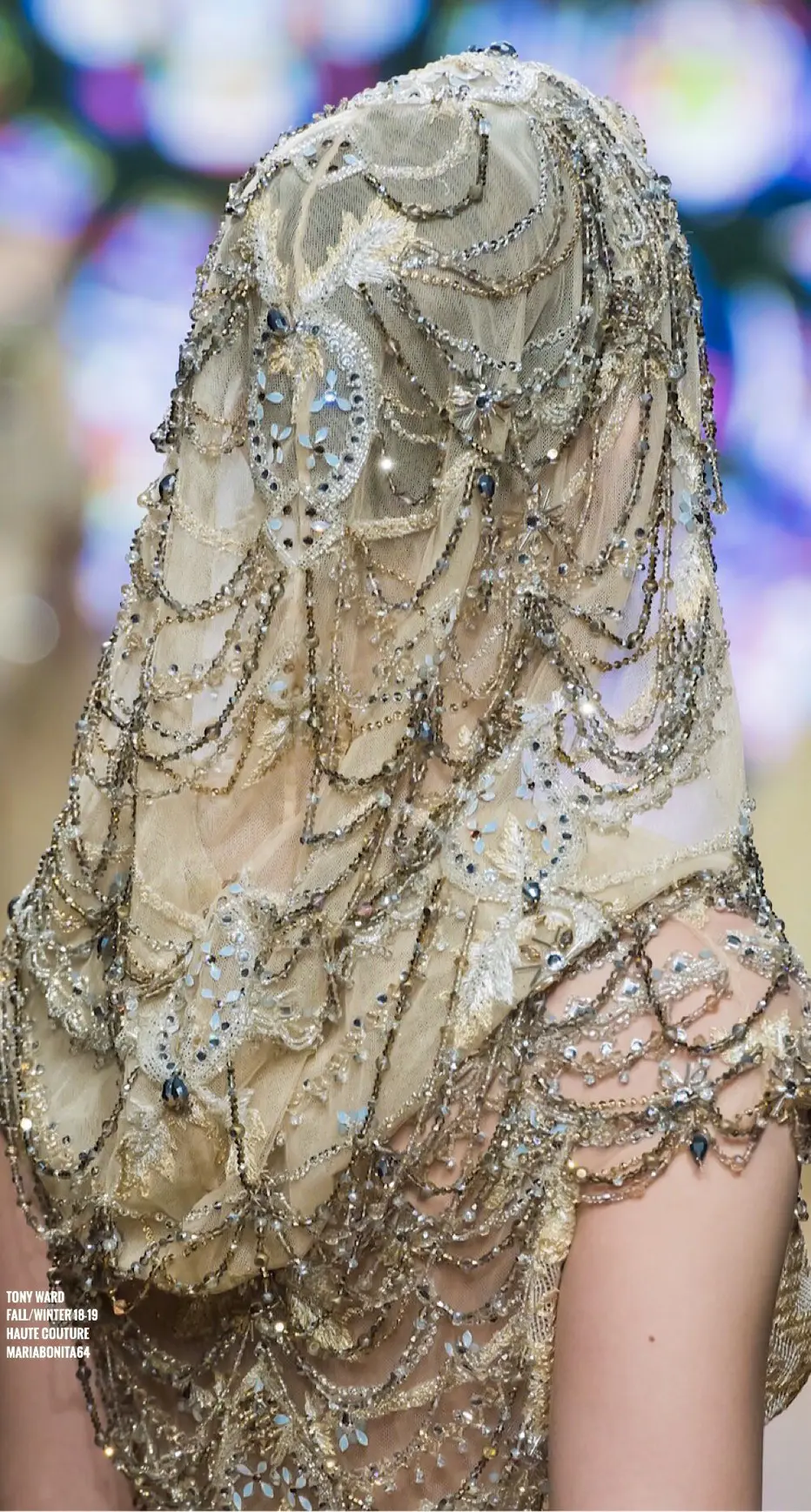
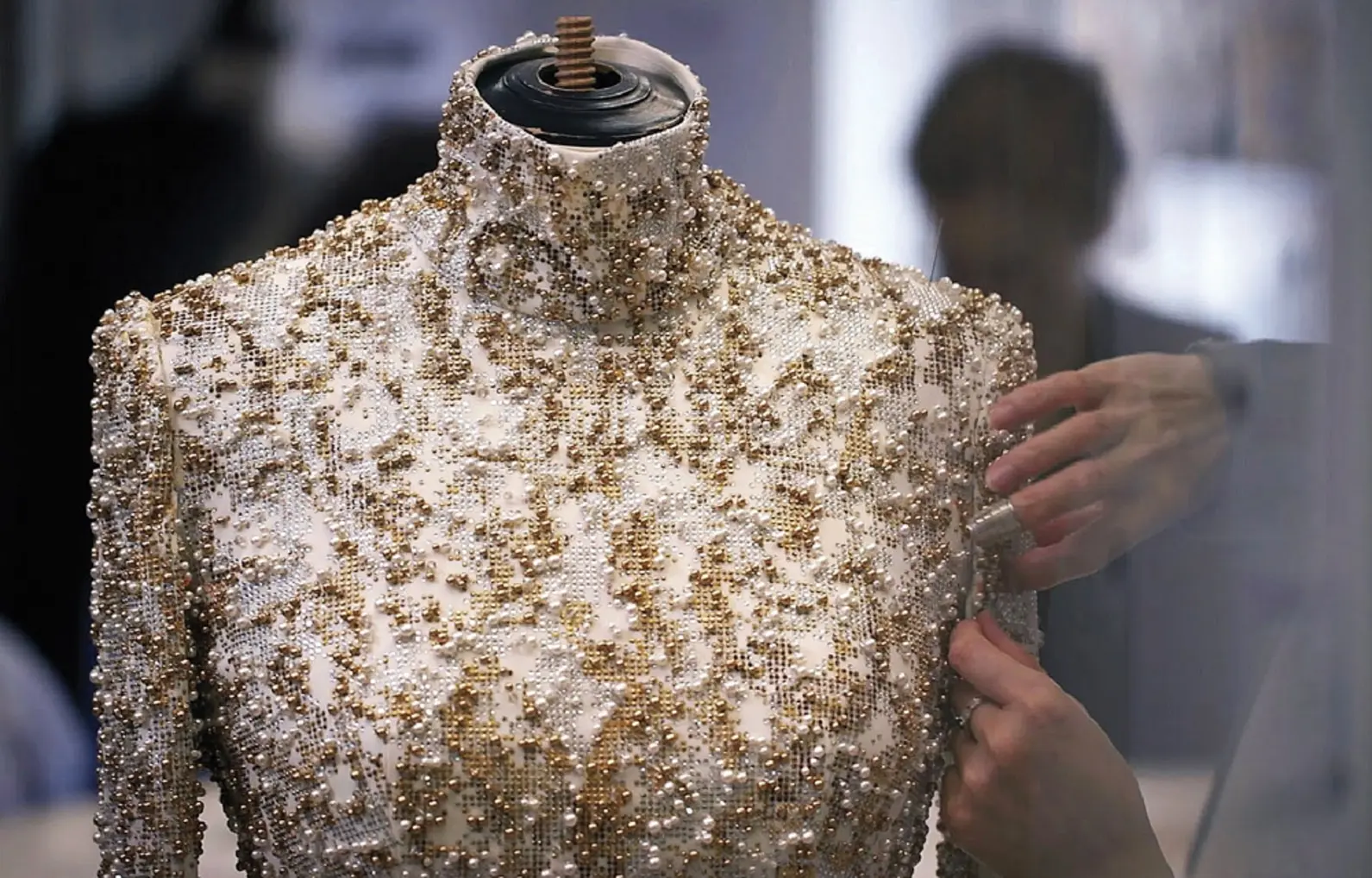
This is no frivolous checklist; it is a code of honor. To call yourself couture without FHCM’s blessing is, quite literally, illegal in France. Couture, after all, is not just an aesthetic but a cultural property.
It is easy to scoff at the astronomical sums spent on a single couture gown. Tens of thousands, sometimes hundreds of thousands, for a dress worn once, twice - or perhaps never again. But the price is not a number plucked from thin air. It is the measure of hours stitched into fabric, of techniques passed down from century to century, of silk that whispers rather than rustles.

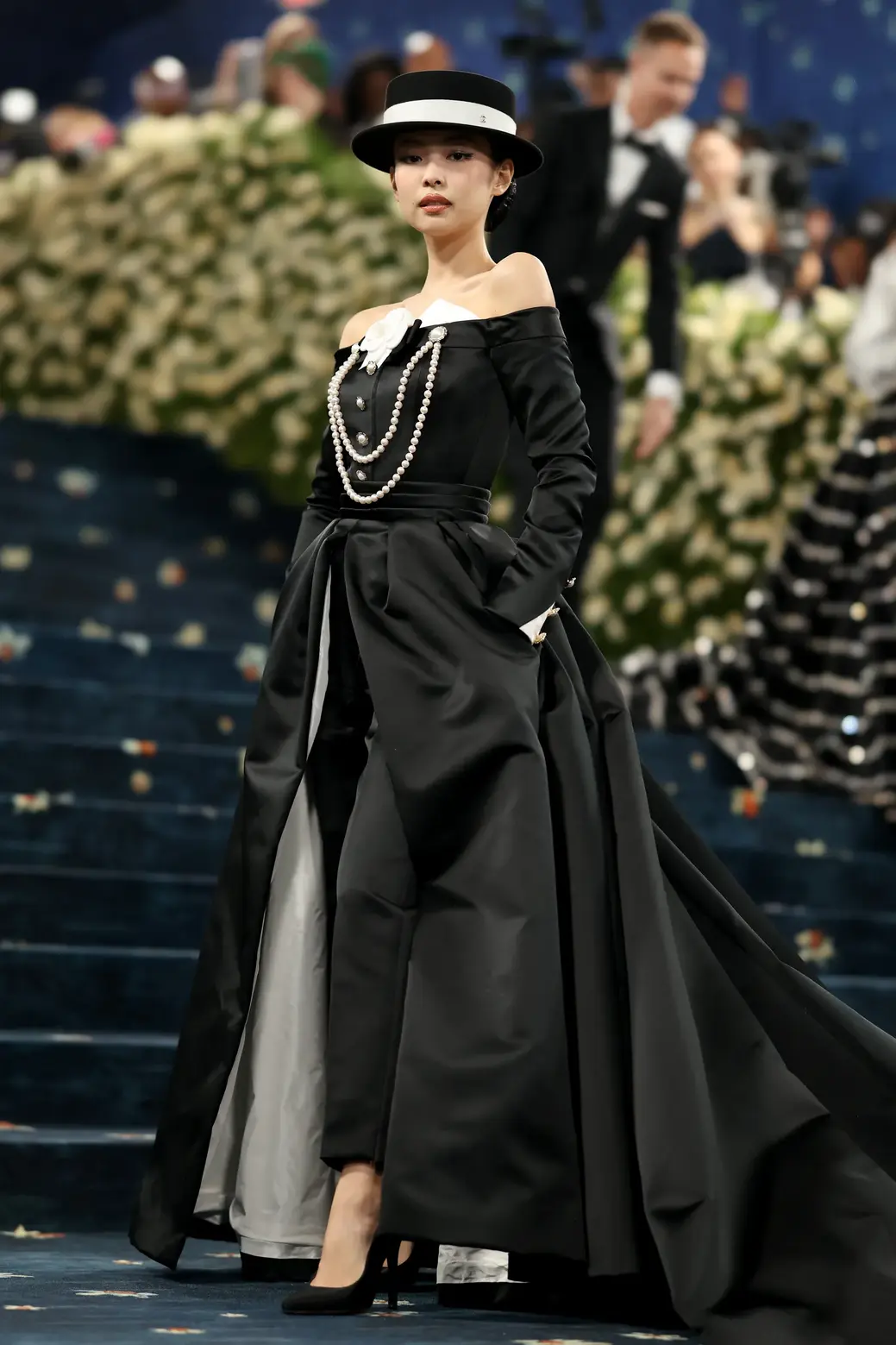
Each couture piece is unique, tailored not just to the body but to the personality of its wearer. This is why couture clientele are not simply wealthy - they are singular. For them, couture is not optional indulgence but a necessity: the ultimate declaration that their existence is worthy of garments no one else will ever own.
Couture may be presented on a stage with music and flashing lights, but its real soundtrack is quieter: the hiss of an iron, the whisper of muslin, the click of scissors, the delicate pull of needle and thread. Behind the glamour of every dress lies an orchestra of silence.
Today, only 14 houses carry the official title of Haute Couture — Dior, Chanel, and a handful of others who protect this almost monastic ritual. They are joined by “correspondent” houses like Valentino and invited designers from Lebanon, China, Japan, and beyond. What began in Paris is no longer only French, but global: a universal desire to preserve beauty in its purest, most painstaking form.
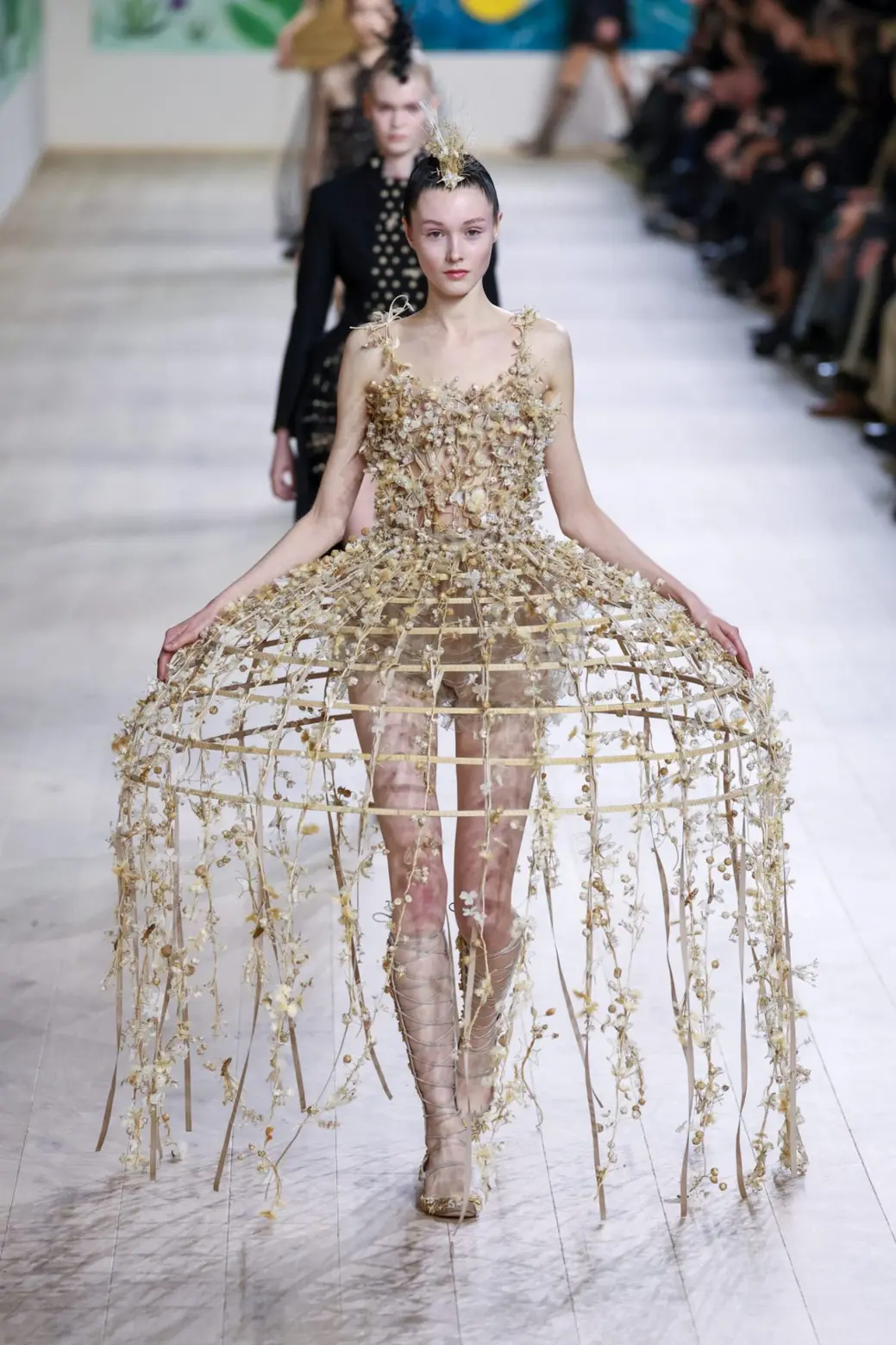
Does couture still matter? In a world besieged by fast fashion, digital avatars, and AI-generated designs, it is tempting to relegate couture to a gilded relic, charming but irrelevant. Yet, precisely in this climate of speed and disposability, couture asserts itself as essential.
Take Thom Browne’s Fall/Winter 2024 couture show, staged as Paris prepared for the Olympics. Sport and spectacle intertwined with the quiet traditions of hand-stitched suits, proving couture could be playful and profound in equal measure. Couture is not about speed; it is about endurance. It chooses the slow path, defying obsolescence. And that makes it radical.
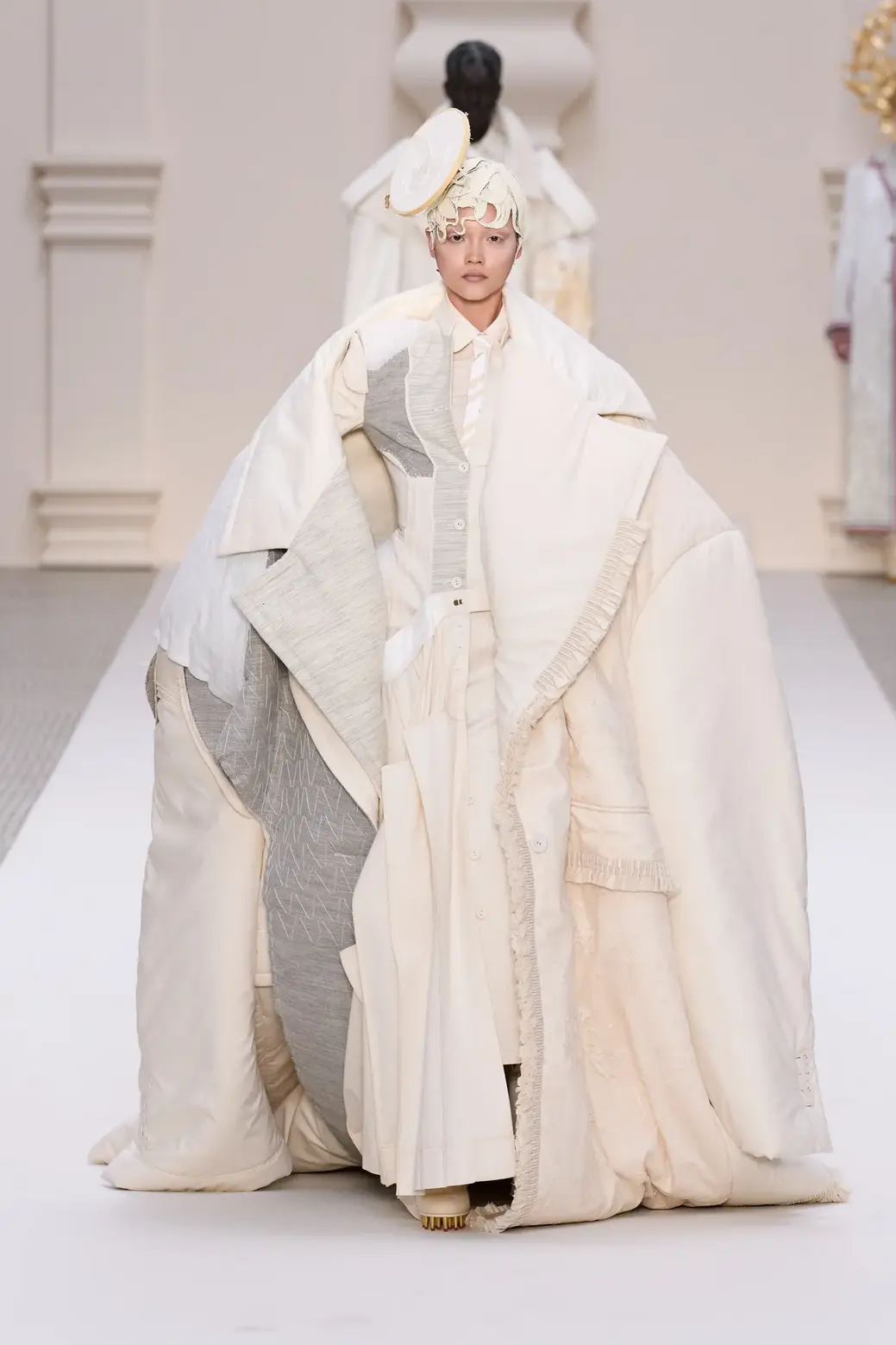
Financially, couture is hardly a cash cow. Ready-to-wear, handbags, perfumes - these are the engines that keep the great houses afloat. But couture is not about profit. It is about prestige. It is the soul of fashion, the flame that lights every other division of a brand. Without couture, Dior is just a perfume house; Chanel is just a tweed jacket. With couture, they are Olympus itself.
And as fashion globalizes, couture remains France’s greatest export - not in numbers, but in spirit. It teaches the world that clothing can be both armor and poetry, both business and art. In this sense, couture is not fading. It is mutating, adapting, and quietly resisting.
Ultimately, Haute Couture is the industry’s most elegant contradiction: fragile but unbreakable, extravagant yet essential, rooted in France but borderless in reach. It is the patient answer to a world in a hurry, the human answer to algorithms, the slow stitch that outlasts the fast click.
Fashion trends will come and go, AI will sketch in seconds what took Worth weeks, but Haute Couture persists - because it is not only about clothes. It is about memory, ritual, and the refusal to let beauty die.
And perhaps that is its greatest triumph: in choosing to go slowly, couture ensures it will last forever.